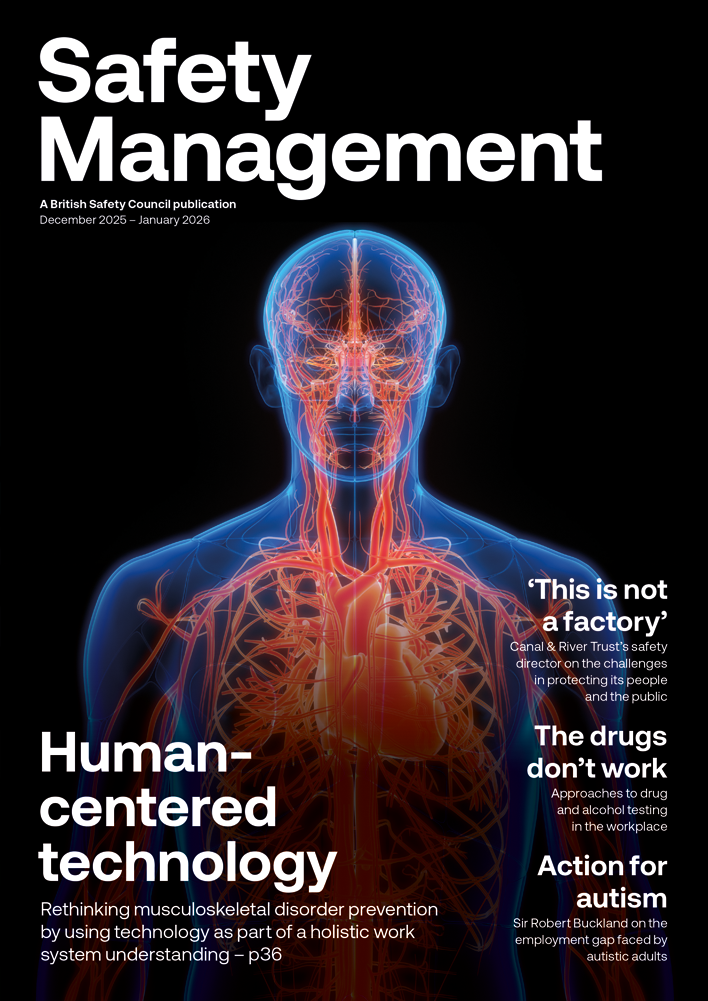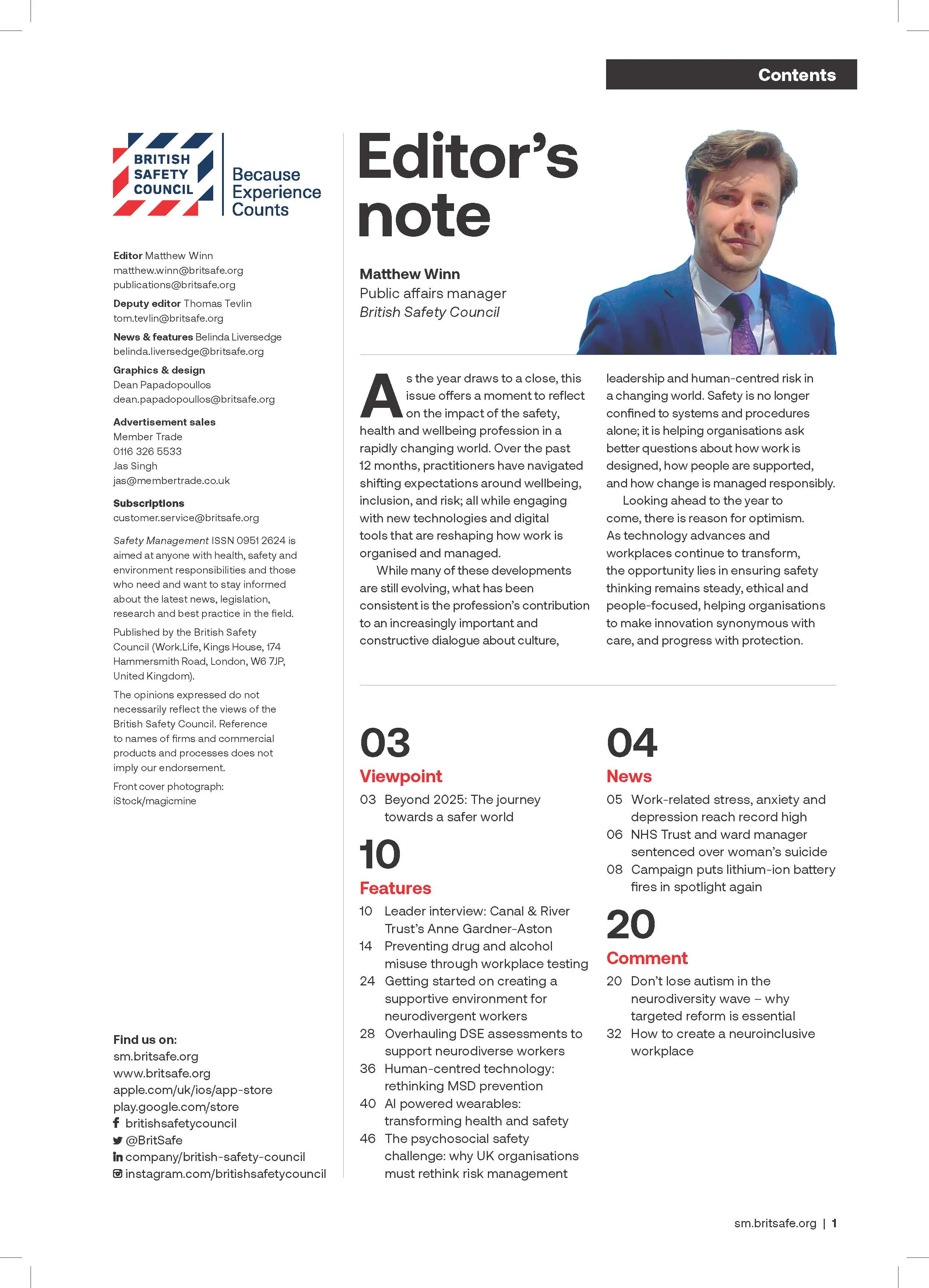There have been fewer than 30 convictions since the Corporate Manslaughter and Corporate Homicide Act was introduced in 2007.
Opinion
Is the corporate manslaughter regime now redundant?
The impact of the February 2016 Health and Safety Offences, Corporate Manslaughter and Food Safety and Hygiene Offences: Definitive Guideline has continued to shine a bright light on the fundamental shortcomings
of the dedicated legislation introduced to deal with corporate manslaughter and corporate homicide offences.
In light of major incidents in the media spotlight reopening calls for organisations to be held to account for corporate manslaughter, including queries about how and where the law could be extended against the written media, can the dedicated corporate manslaughter regime be considered to be a success against its stated aim?
The 2007 Corporate Manslaughter and Corporate Homicide Act (CMCHA) was introduced in response to a number of large-scale disasters in the 1990s. It introduced a new means of establishing liability through the actions of senior management, in place of the existing need under the common law to find the ‘directing mind’ of the company to be ‘at fault’.
This was believed to have hindered prosecutions, given that in large companies decision-making is complex and multi-layered, making it almost impossible to identify senior individuals whose actions were so reprehensible that they could be found to be the actions of the ‘company’.
The CMCHA intended to remove the identification doctrine which would (in theory at least) facilitate prosecutions of larger companies and ‘bring home the importance of health and safety’. Under CMCHA an organisation can be found liable where it causes the death of a person to whom it owed a duty of care where that breach is sufficiently serious to be considered ‘gross’.
A substantial element of any breach needs to be in the way those activities were managed or organised, i.e. senior management must play a substantial role in the causative gross breach.
In most, if not all workplace fatalities, fault can be attributed to many different aspects of the company, from a policy level to the ‘shopfloor’. Very rarely is there one single factor which results in such a tragic outcome.
It is felt that the difficulty of demonstrating that ‘senior management failure’ was a ‘substantial cause’ [of any breach]. This has been the biggest hurdle to overcome for the CPS in making corporate manslaughter cases stick.
It is for these reasons that, between 2008 and 2020, there have been fewer than 30 convictions under CMCHA and almost all of those have been smaller-sized companies, where it has been possible to identify a ‘senior manager’ suitably close and connected to the company’s gross failure. The CMCHA has effectively done little more than marginally broaden the scope of the previous and deemed flawed identification doctrine.
The aforementioned Guideline (which applies to all health and safety offences) was introduced in February 2016. In the three years since the Guideline there have been over 70 fines in excess of £1 million, a radical upward movement from the potential and actual fines handed down before their introduction.
Combined with the increased proclivity and success for regulators prosecuting individual directors and senior managers, it is abundantly clear that health and safety has become a ‘boardroom’ issue for organisations across the UK, one of the stated aims of CMCHA.
Offences under the Health and Safety at Work Act 1974 (HSWA) are evidentially much easier to prove and the statistics demonstrate that the vast majority of prosecutions brought are successful.
When the prospects of successful conviction under CMCHA are remote and the consequences for an offender are just as great financially and reputationally when convicted under HSWA, is there therefore some merit in thinking that the corporate manslaughter regime is now officially redundant?
Simon Tingle is associate at Pinsent Masons
OPINION

How to create a neuroinclusive workplace
By John Robinson, Schofield Sweeney on 09 December 2025
The modern workplace is a diverse environment. Most workforces will be made up of individuals representing the majority of the groups protected under the Equality Act 2010.

Don’t lose autism in the neurodiversity wave – why targeted reform is essential
By Rt Hon Sir Robert Buckland KBE KC on 03 December 2025
Autistic adults have waited too long for meaningful reform. They have shared their experiences and expertise. Now they deserve action, accountability, and transformation.

Inclusion saves lives: embedding equality, diversity and inclusion (EDI) into global occupational safety and health
By Umer Changaiz, CMIOSH on 03 December 2025



